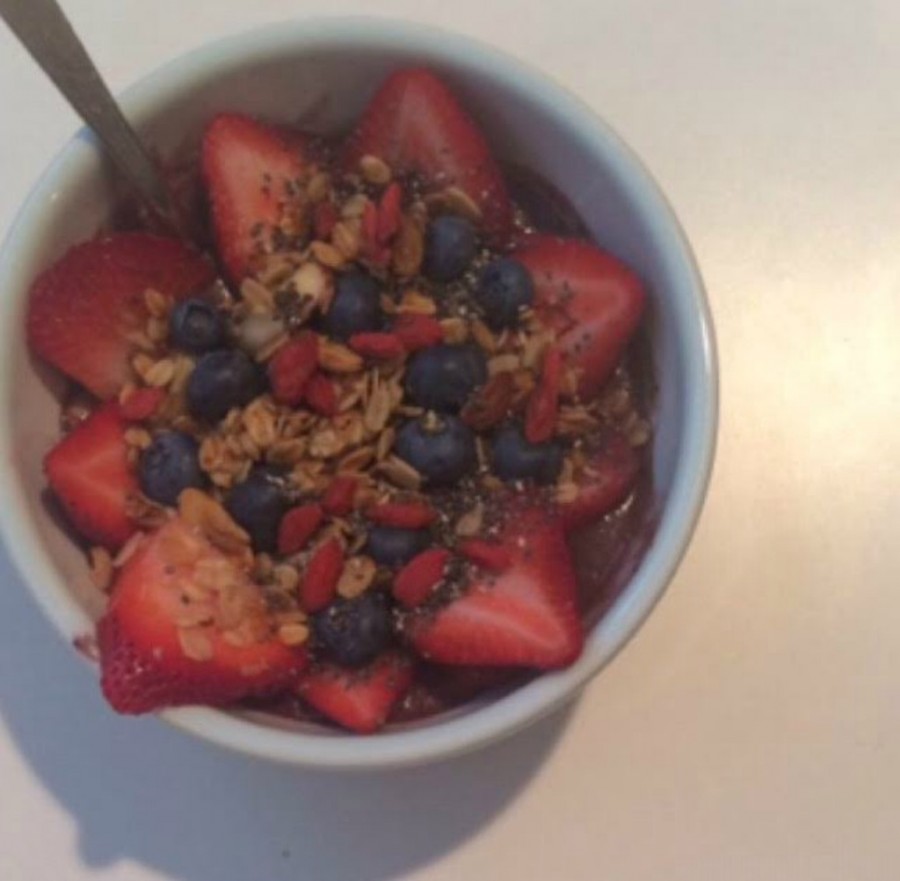Junk Food Alternatives
January 27, 2016
It’s no secret that the U.S. doesn’t do so well health wise. Even though healthy eating fads are on the rise, they tend to stay within wealthier communities. According to the Center of Disease Control and Prevention (CDC), 17% of adolescents are obese yet some remain malnourished, not getting necessary vitamins and minerals due to diets of junk food or invariance among food groups. Clearly, people need to change their eating habits but it’s often hard when chips or donuts are more easily accessible than a fruit salad.
Snacking is a big part of our lives; you’d be hard pressed to find someone who didn’t eat something after they got home from school, and that’s not a bad thing. Often times, eating small snacks throughout the day is recommended over having three large meals because it can help make you more in tune with your body, whether you’re actually hungry or not. This is why it’s important to have healthy but accessible snack options in mind. If you’re craving ice cream, try a handful frozen grapes or an acai bowl, essentially a thick smoothie in a bowl made with acai powder and topped with fruit or oatmeal, instead. If you’re feeling a saltier snack, pita chips and hummus, almonds, or popcorn can serve as great alternatives. As cliche as it sounds, the key is moderation. It’d be unreasonable to ban yourself from eating a chocolate bar every day, but preventing yourself from overindulging is essential.
Another thing to remember is varying the food groups you eat from. Even if as a kid you hated learning about the food pyramids or exactly how many cups of vegetables you needed each day, it’s important to realize there’s truth to it. Planning your meals to a tee and ensuring the exact amount of each food you eat is impractical but it’s good to realize that variety is key to healthy eating.

